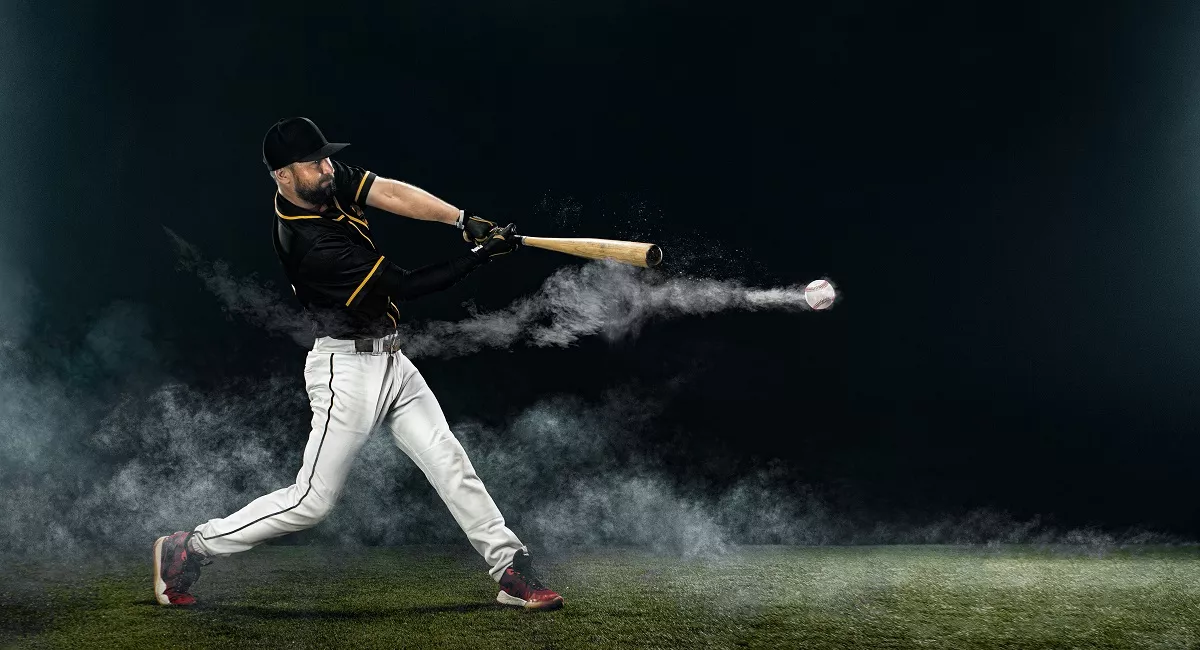Baseball players take the game seriously, especially when it comes to their equipment. This is because they know that having the right bat can make a huge difference when it comes to their performance. If you are looking for a way to improve your swing, begin by taking a closer look at the bat you are using. Along with length, balance, material, and certification, you need to consider whether a one-piece or two-piece bat would be best. Begin by comparing the pros and cons of each of these designs.
The One-Piece Bat
A one-piece baseball bat is simply one that has been constructed from one solid piece of material. You can easily find quality wood, composite or metal baseball bats with one-piece construction. These bats are stiffer than the two-piece version, and they generate much more power. You’ll immediately notice that more energy is transferred on contact with the ball. Many players enjoy how you can’t lose power when the bat makes contact, and if you have a fast swing speed through the zone, you’ll have even more power on contact.
On the other hand, you are going to feel more vibration with a one-piece bat because there is no grounding point where the handle and barrel come together. That grounding point can absorb a substantial amount of vibration. In addition, you may find that you have fewer options when it comes to composite materials, and you’ll definitely notice a heavier swing weight.
The Two-Piece Bat
A two-piece baseball bat is created with two separate pieces that are fused together during the construction process. Typically, the handle and the barrel are two individual pieces used to make one bat. These bats have a smoother swing with more whip as well as a lighter swing weight. The barrel and handle can be made of the same material, or each piece can be made of a different material. When two types of materials are used, it is referred to as a hybrid baseball bat.
You’ll find that the connection point between the two pieces creates a built-in grounding point that minimizes vibrations. This connection becomes a flex point that gives you the whipping sensation you feel as you put the bat through the hitting zone. That whipping action creates a trampoline effect that transmits energy to the ball. This means that you can increase your speed without hitting any harder.
The downside of a two-piece bat is that you lose the feel of contact. It also provides you with less power, and the design itself is more expensive to manufacture.
One-Piece VS Two-Piece
Power hitters are stronger and have a faster swing. If you are a power hitter, you want to consider a one-piece bat. The one-piece allows you to get the most out of the energy you transfer on contact. This will drive the ball deeper into the outfield. If you are more physically developed, you will find that you can control a slightly or fully end-loaded one-piece bat and have more power.
The two-piece baseball bat will give you the best performance, regardless of whether you are a power hitter, contact hitter, or beginner, due to the flex you get on contact. Two-piece bats are also great for players that have average to below-average swing speeds. This is the reason why two-piece bats are the most common type used, but contact hitters tend to benefit the most from them. Contact hitters aren’t worried about getting extreme distance with each hit. They prefer a bat that can be controlled comfortably as they attempt to shoot line drives over the diamond. When you battle at the plate and need to fight off borderline pitches with two strikes, you’ll want to avoid taking the brunt force of the vibrations with each swing. A two-piece allows you to avoid that sting.
Whether you are a power hitter that needs a sturdy rigid design or a contact hitter in need of flex, there’s a bat for you. Now that you understand the advantages of each type of baseball bat, along with any disadvantages, you can confidently choose the right bat for the type of player you are.
